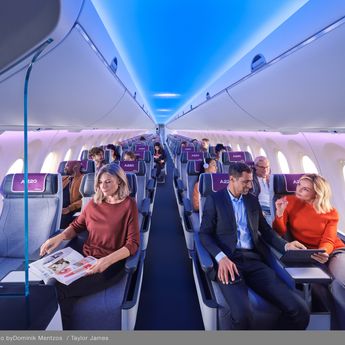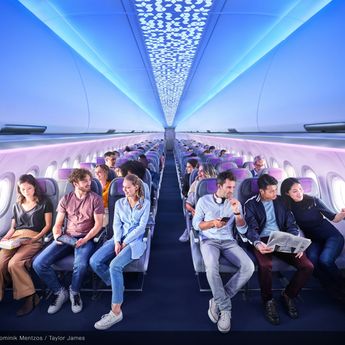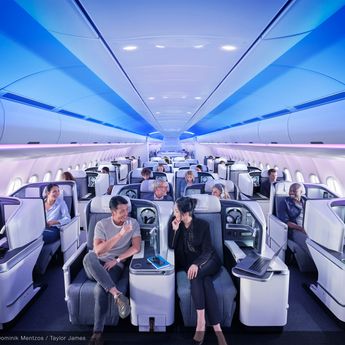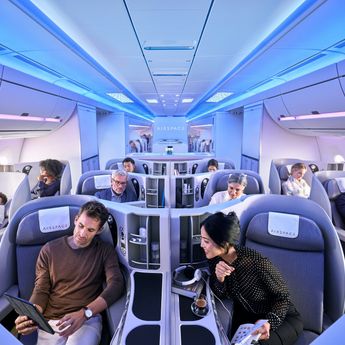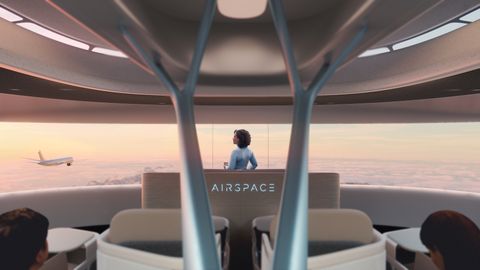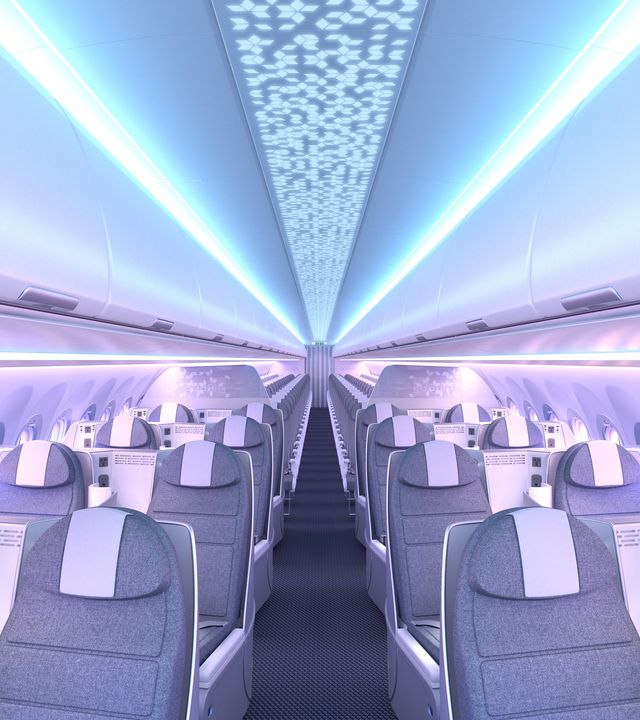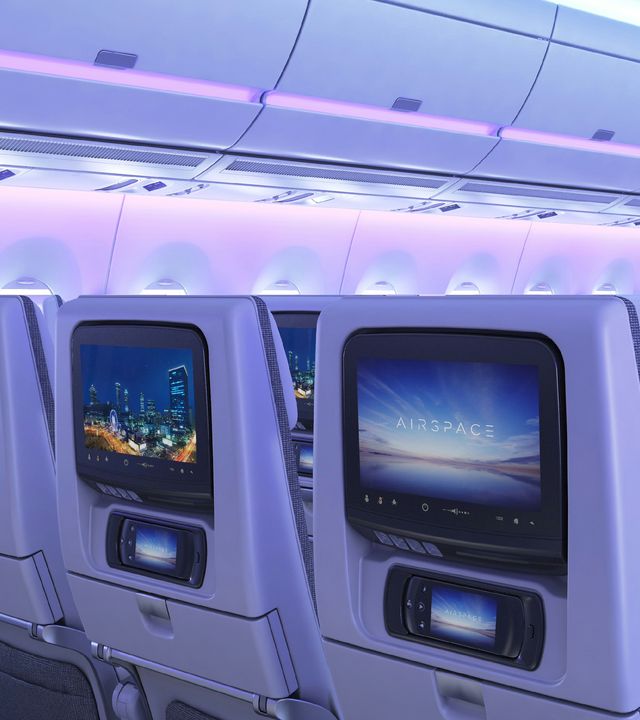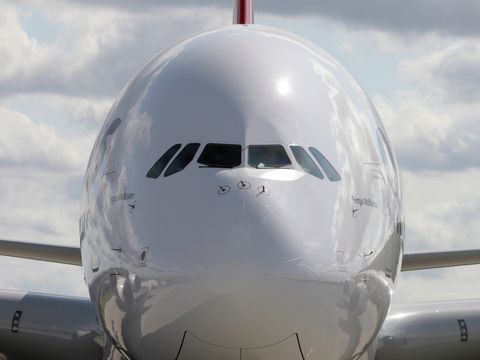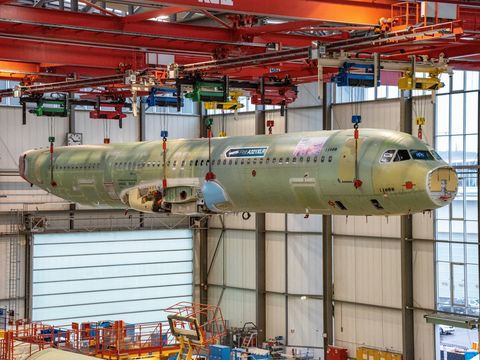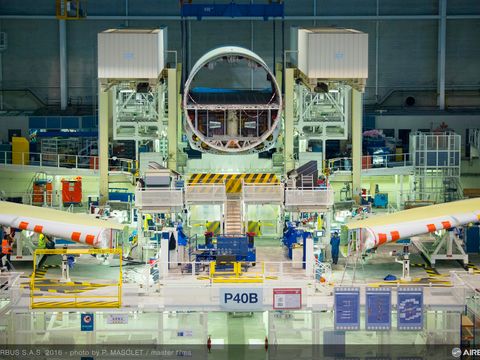Cabin and Comfort

Providing the ultimate passenger experience
Cabin comfort can make a huge difference to the passenger experience and that is why it is a major priority for Airbus. Airbus’ innovative Airspace cabin brand – launched in 2016 – was created with passengers at heart, and built around four key pillars: comfort, ambience, services and design.
Airbus aircraft offer high levels of cabin air quality, state-of-the-art In-Flight Entertainment (IFE) systems, ambient lighting and more personal space - all ensuring that passengers arrive at their destination refreshed and ready to go. Other features make sure that cabin crew are as comfortable and well rested as possible, helping them to give the best possible service to passengers.
Our passenger aircraft cabins
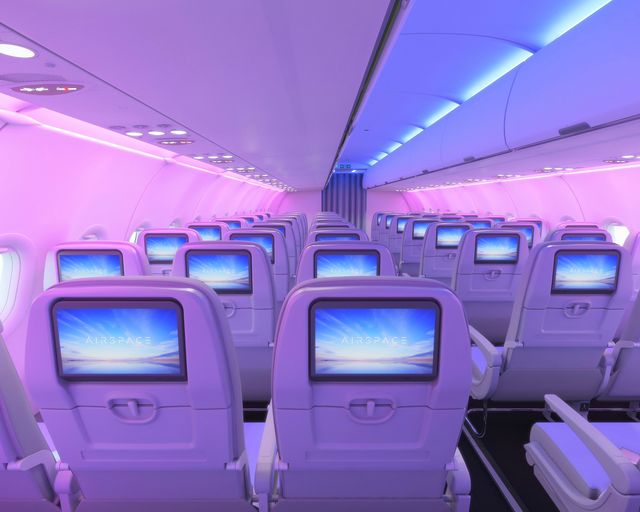
A relaxing environment
Light and design
Airbus cabins are designed to provide a relaxing environment for passengers. A unique and customisable welcome area, the latest in LED technology and acoustic and clean design work together to create the best possible passenger experience.
Ambient lighting
Airbus was the first manufacturer to introduce ambient lighting as a factory fit option on commercial aircraft. Pre-defined lighting scenarios use colours, brightness levels and dynamic transitions to provide a pleasant cabin atmosphere in all phases of flight. For example, this feature can be used to reduce the effects of jet lag by simulating sunrise or sunset – ensuring passengers arrive at their destination refreshed and ready to go.
Contemporary design
Airbus’ aircraft often surprise people by how quiet it is on-board. Acoustic design, spaciousness and contemporary design elements such as straight lines, clean shapes and clear surfaces make a major contribution toward stress-free and restful flights.

Cabin air flow and ventilation
How does it work?
Airbus aircraft offer one of the safest environments with air filtration systems that ensure high levels of cabin air quality for passengers and crew, thanks to a thoroughly designed cabin “Environment Control System” (ECS).
The ECS, which controls and monitors the air quality, temperature and pressure, also ensures that the airflow inside the cabin is constantly moving: it flows from top to bottom at one metre per second. This airflow is optimised to prevent longitudinal movement, so there is no spread between adjacent seat rows.
In addition, during flight the air is constantly entering and leaving the cabin. As fresh air enters the cabin from outside, the same quantity of ‘used’ air from the cabin is expelled overboard via the pressurisation outflow valves, fully renewing the cabin air about every two to three minutes. For comparison, air in hospital rooms and classrooms is exchanged about every 10 minutes and about 20 minutes in offices.
Any recirculated air is first passed through High-Efficiency Particulate Arrestance (HEPA) filters before it is mixed with the fresh air from outside. Overall, the HEPA filters eliminate more than 99.9 percent of particles from recirculated air, ensuring that the mix of fresh and pre-filtered recirculated air is clean and virus-free.
HEPA technology, originally developed for the US military to prevent the spread of airborne radioactive contaminants, has been installed in all Airbus aircraft since 1994. The filters, usually installed close to the centre wingbox in the underfloor area of the cabin, are known for their effectiveness in capturing microscopic airborne particulates covering typical bacteria and viruses.
